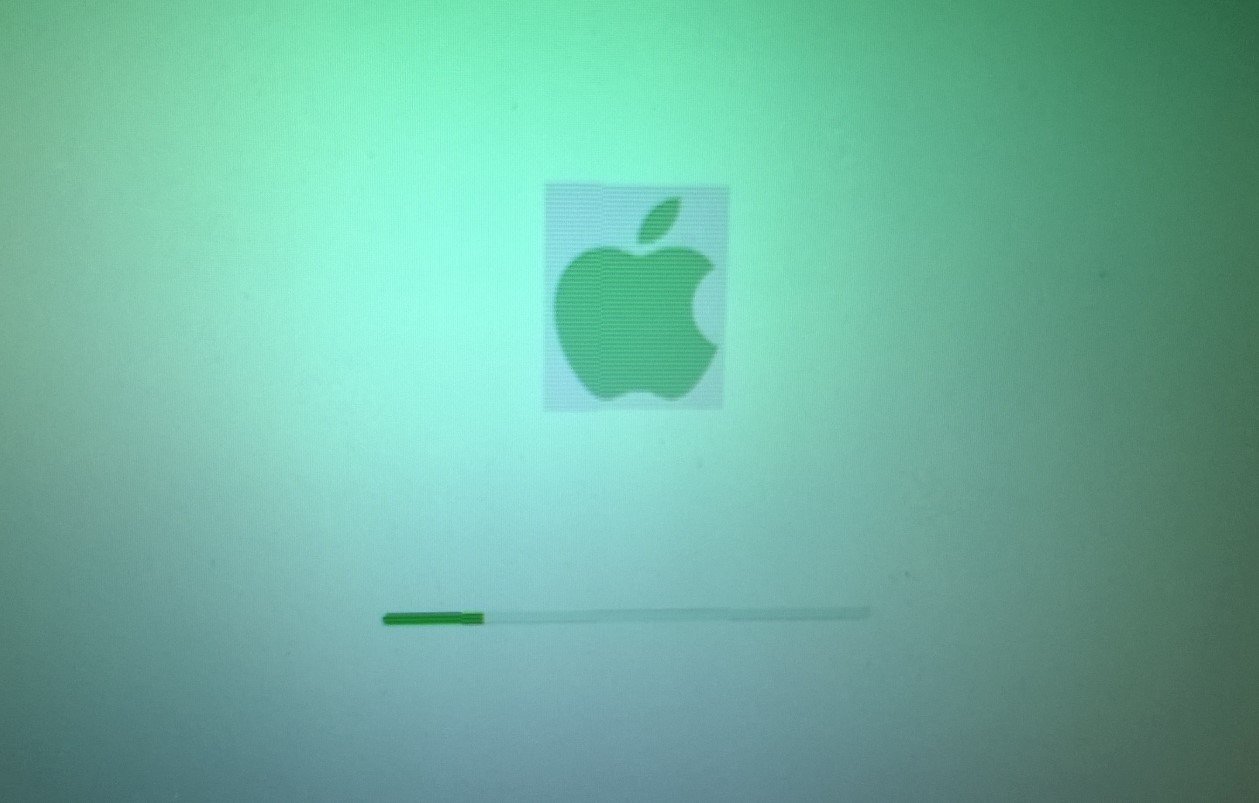News
AST SpaceMobile Rockets 330% in a Year — But Can It Keep Soaring?
Published
4 months agoon
AST SpaceMobile has become one of the most surprising breakout stories in the stock market over the past 12 months. Its shares have surged over 330%, turning a once-overlooked space tech SPAC into a rising star — even as the Nasdaq Composite climbed less than 20%. But with limited revenue, steep losses, and a growing chorus of skeptics, some are wondering: how long can this last?
Its explosive rally has been fueled by ambitious tech, telecom partnerships, and big bets on the future of satellite-powered cell coverage. Now the question is whether AST is about to prove the doubters wrong — or fly too close to the sun.
The Promise That’s Driving the Hype
AST isn’t just throwing satellites into space for the sake of it. It wants to connect your phone directly to space.
The company is building a low Earth orbit (LEO) satellite constellation to beam 2G, 4G, and 5G signals directly to standard smartphones, no bulky dishes or custom hardware required. It’s an idea that could completely change cellular coverage, especially in remote or underserved areas.
Here’s the thing: it’s already got major players on board.
Partners include AT&T, Verizon, Vodafone, and Rakuten
Its first five commercial satellites launched in September 2024
The FCC greenlit testing with AT&T and Verizon in January 2025
And with its next-gen BB2 satellites launching soon — 3.5x larger and 10x more powerful than BB1 — AST is aiming for a serious step-up in capability.
Valuation Is High, But So Are Expectations
Now here’s where things get a bit heated.
Despite pulling in just $4 million in revenue last year and posting a staggering $300 million net loss, AST’s stock has taken off like a rocket. Its market cap currently hovers near $13–14 billion, depending on the trading day.
Analysts are forecasting that revenue could grow at a compound annual rate of 490% through 2027, reaching $903 million and turning a profit by then. If that plays out, its current valuation — roughly 16.5 times 2027 sales — starts to look less wild.
But that’s a big “if.”
Dilution is also a serious issue. Since its 2021 SPAC merger, AST has ballooned its share count by 381%. Between secondary offerings, stock-based comp (which doubled to $32M in 2024), and convertible debt, shareholders have been steadily diluted — and likely will be again.
Liquidity Isn’t a Problem — For Now
The good news? It’s still got money in the tank.
As of Q1 2025, AST had roughly $874.5 million in cash and equivalents. It also recently added another $500 million via convertible debt, bolstering its war chest for satellite builds and future launches.
That means no near-term funding cliff.
But it’s worth noting: building and deploying hundreds of satellites is not cheap, and regulatory approvals are far from guaranteed. AST wants to expand to 243 satellites — a plan that still needs broader FCC clearance. And that’s not a rubber-stamp process.
How AST Compares to Starlink — and Why That Matters
It’s impossible to talk about AST without mentioning the elephant (or satellite megaconstellation) in the room: SpaceX’s Starlink.
Starlink is already operational, widely deployed, and valued at around $350 billion as of its last private funding round. AST is tiny in comparison — a $13B minnow in a $350B ocean.
But there’s a key difference.
Starlink requires specialized equipment and delivers broadband. AST wants to connect regular cellphones using mid- and low-band frequencies, not high-band. That means broader coverage, albeit at lower speeds — ideal for emergency access and basic connectivity in remote zones.
It’s a different playbook, and investors are clearly betting there’s room for both.
Risks, Hype, and Reality: What Could Go Wrong?
Even AST bulls will admit there’s a lot of hype baked into the current price. The company hasn’t proven commercial viability yet, and the climb to profitability is still theoretical.
Several red flags:
Revenue still microscopic: $4M in 2024
Net losses ballooning: $300M last year
Heavy dilution from stock comp and debt
No guarantee of FCC approval for full constellation
Plus, there’s the broader market factor. If sentiment shifts or markets turn cautious again, high-multiple, pre-profit companies like AST are usually the first to get punished.
This stock could drop 50% on a single missed milestone — or fly 100% higher if BB2 performs better than expected. It’s that volatile.
What’s the Verdict for the Next 12 Months?
In the short term, AST SpaceMobile feels overbought.
Its rally has been driven more by future potential than current fundamentals. Any hiccups — delays, test failures, regulatory snags — could send it tumbling. But if BB2 launches successfully and the FCC opens the door to a full satellite network, there’s fuel left in the tank.
Investors might want to brace for turbulence.
Over the next 12 months, AST could easily get chopped down by half — or jump another 100% if the right headlines hit. It’s speculative, it’s aggressive, and it’s risky.
But zoom out to 5 or 10 years?
If AST executes, scales its constellation, and locks in more telecom partners, it could emerge as a serious player — a “baby Starlink” with massive upside. In that scenario, today’s price might look cheap in hindsight.
Stephon Brody is a writer who is good at movies, sports, technology, and health related articles. He is passionate about sharing his knowledge and opinions on various topics that interest him and his audience. He is a creative and reliable writer who can deliver engaging and informative articles to his readers.

You may like

Mounting Consumer Spending Challenges Signal Investor Caution

Jimmy Kimmel Mourns Cleto Escobedo’s Sudden Death

Gemini Space Station Stock Crashes on Crypto Woes

DoorDash Data Breach Exposes User Info in October

David Coverdale Announces Shocking Rock Retirement

Toys “R” Us Canada Confirms Customer Data Leak After Cyber Attack

XRP Poised for Big Gains as Ripple Eyes SWIFT’s Global Payment Market

Hackers Turn RedTiger Into Data-Stealing Malware Targeting Discord Users

Millions of WordPress Sites Under Attack Through Old Plugin Flaws





